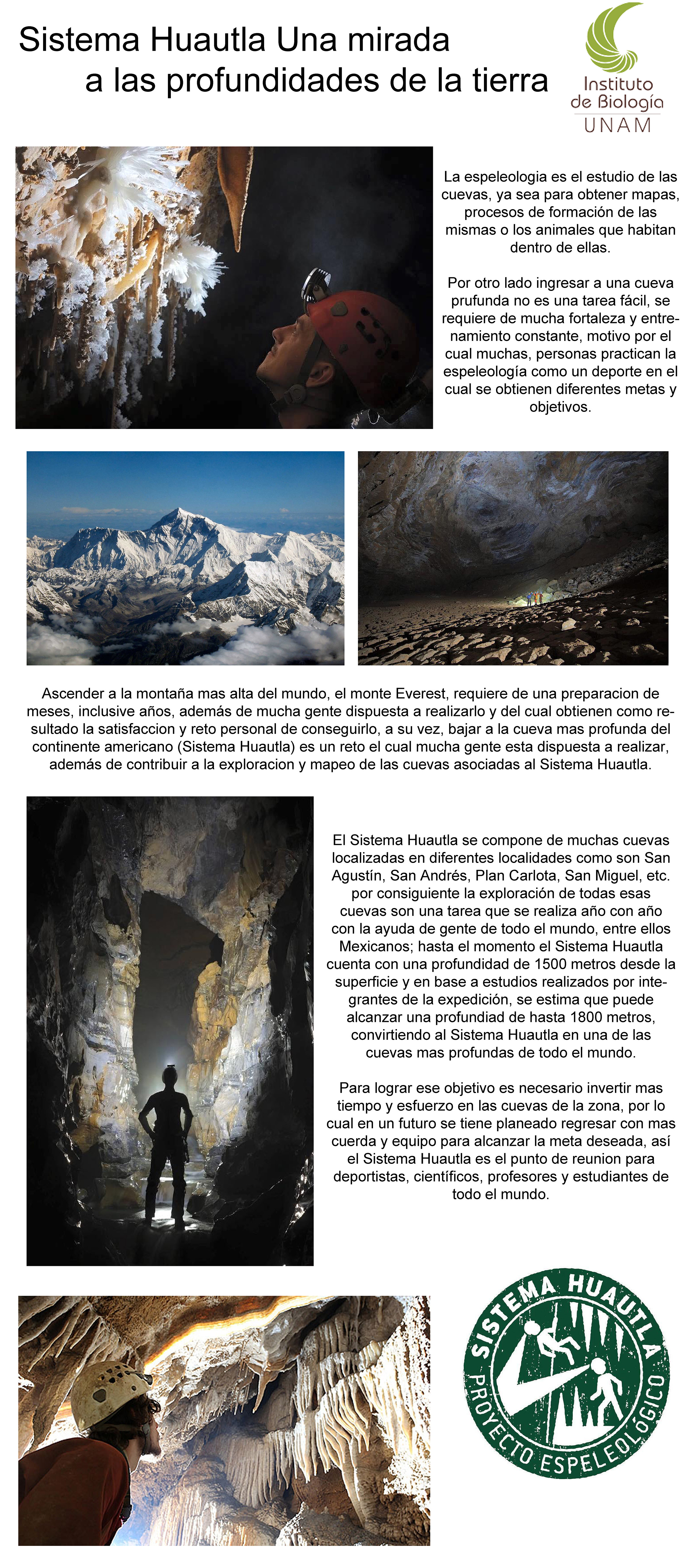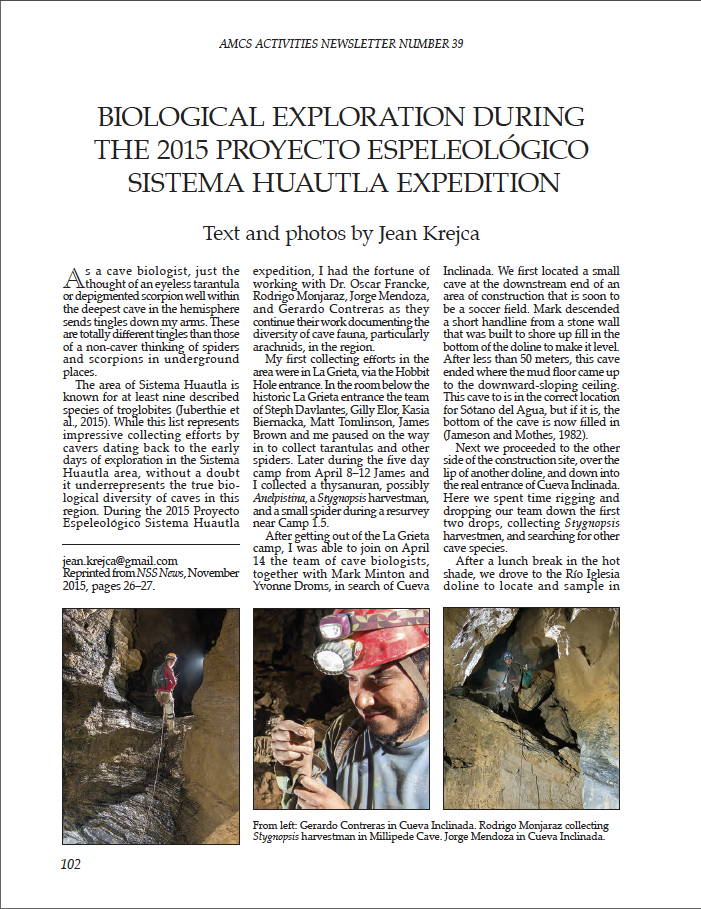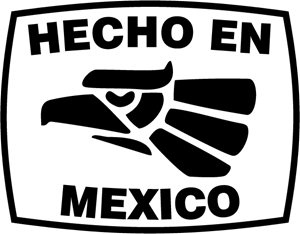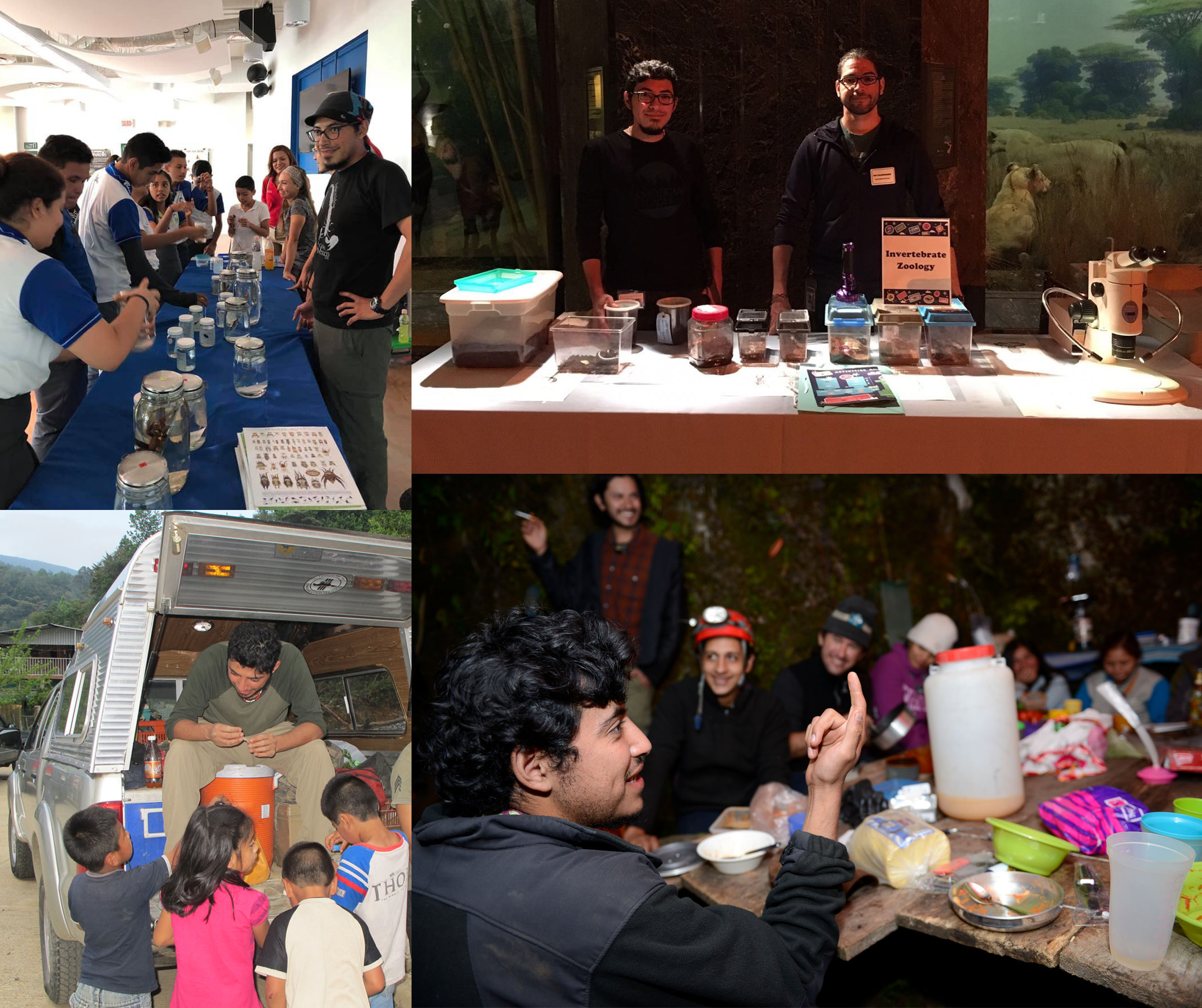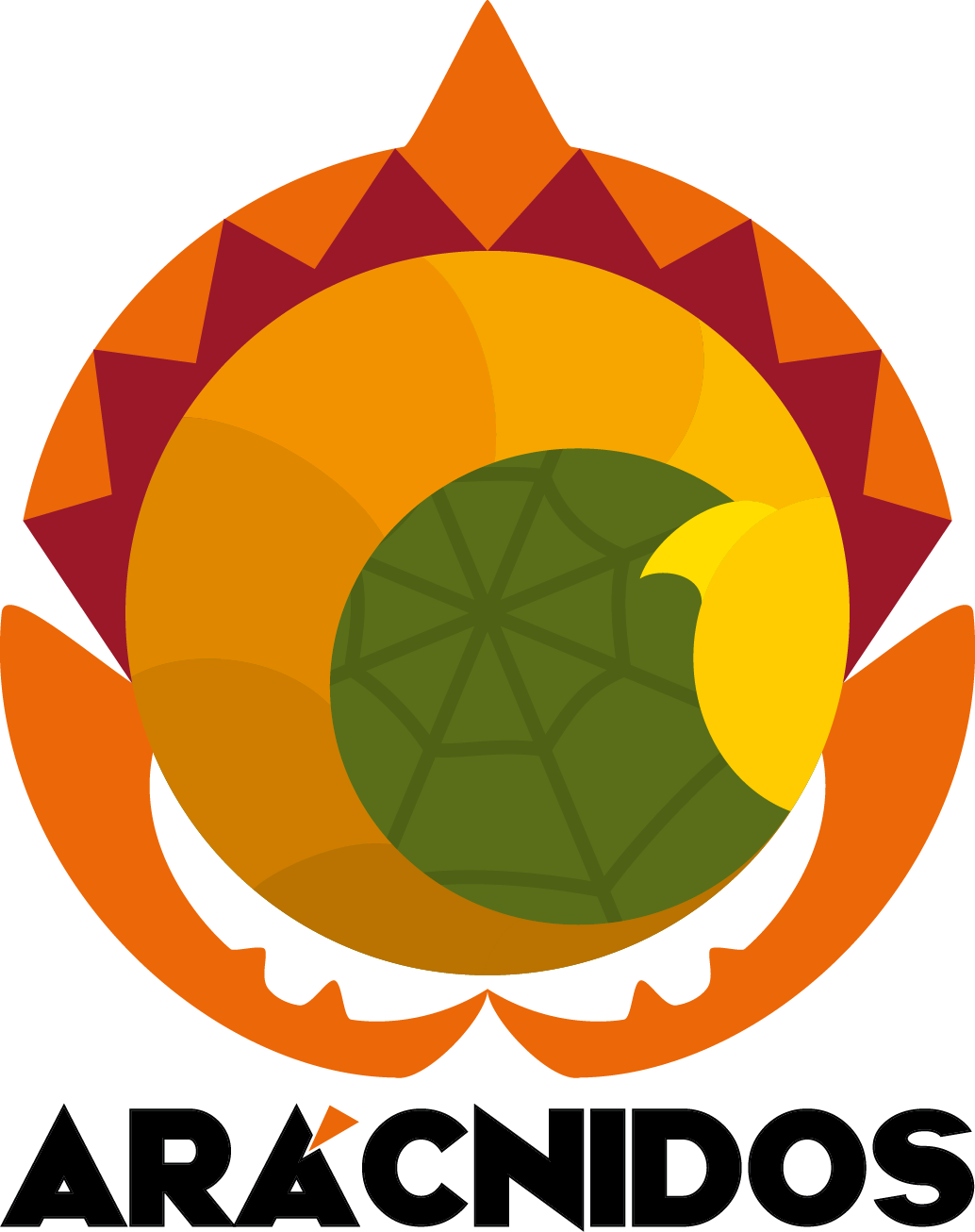I do research with and for the people!
The best tool we have for the preservation and care of biodiversity is the transmission of knowledge. Engagement with nature is a powerful tool, when providing a sense of belonging to their environment, we can convince people to preserve what it’s a part of them. Diversity is fundamental in my research program; it creates an enriched working environment and promotes valuable opportunities for innovation and growth. I am committed to promoting activities that can reflect the vision of the NHMLAC as museums of, for and with the L.A. community, where the diversity and multiculturality of the community will strengthen our abilities and enrich our knowledge in the common goal to protect, document and disseminate the importance of biodiversity.
Outreach Collaborations
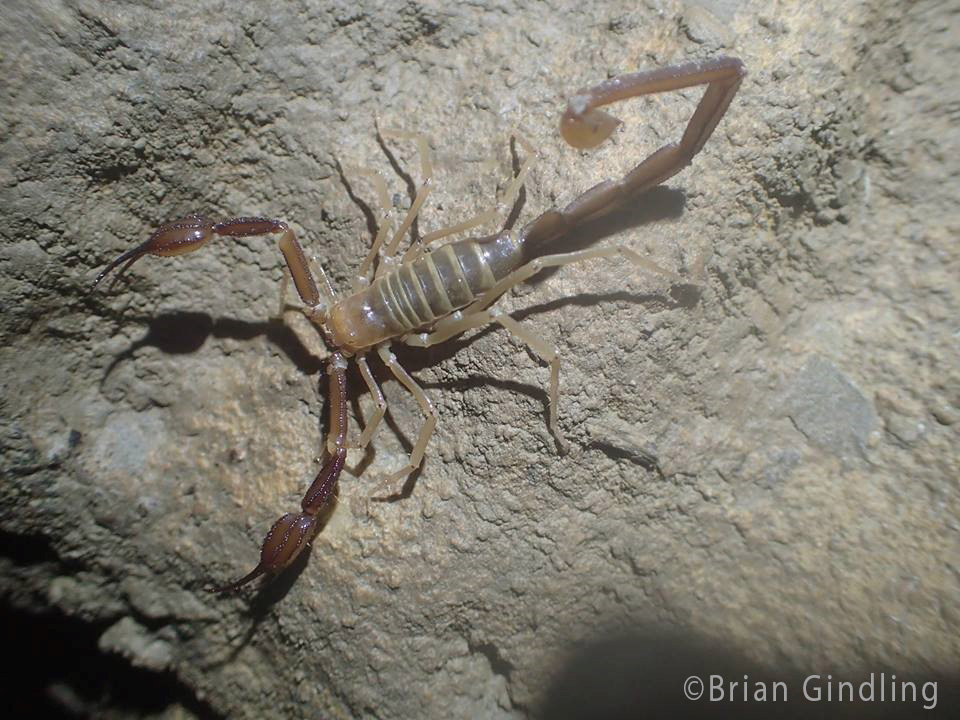 Posted: August, 2017
Posted: August, 2017
The Underworld Guardians
Do you want to know more about cave scorpions living inside the deepest caves in the World? Check out this note! (Originally written in Spanish).
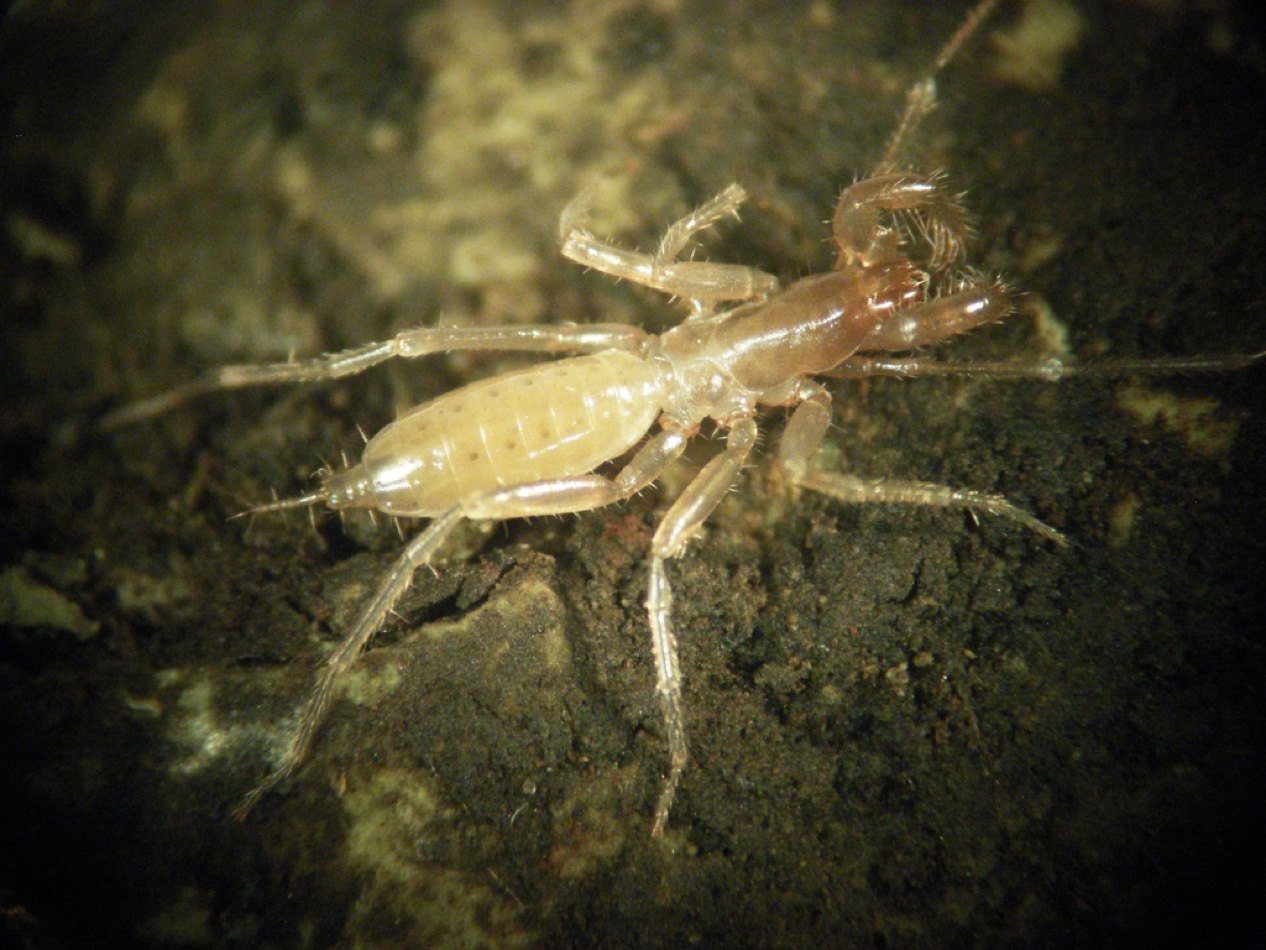 Posted: March, 2017
Posted: March, 2017
Schizomids from North America
According with the latest studies, Schizomids originated in North America, find out more in this note! (Originally written in Spanish).
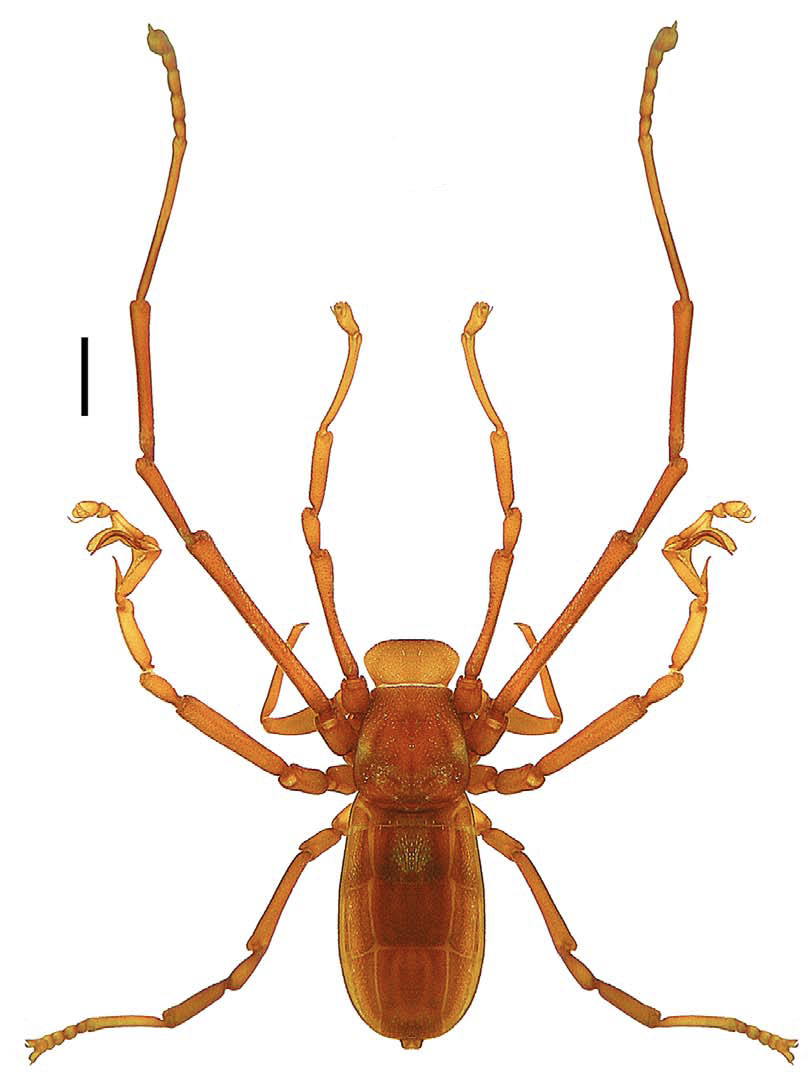 Posted: March, 2017
Posted: March, 2017
When leaving home, becomes a matter of millions of years
For some arthropod groups with small body size and limited distribution abilities, their current distribution can be tracked down all the way back to Pangea, learn more about this critters in this small note! (Originally written in Spanish).
Cafe de 8
Cafe de Ocho, which translates literally to coffee of eight, refers to “having a coffee with arachnids”, “eight” after the eight legs of arachnids. It was a podcast in which multiple experts were invited to the forum with the general idea of answering questions formulated by the general public about any aspect of arachnids, in the short time of the podcast we also hosted an international researcher from Guatemala, if you are interested on watching and listening to the interviews click the button below (interviews were originally recorded in Spanish).
Sistema Huautla Cave Biology
Caves are amazing in multiple aspects, their rock formations, geological history, the biology of species inhabiting them and also very interesting in terms of exploration, caves are still among the few unexplored regions in the world, this idea of getting into places where no other human being has ever gone, motivates people around the world for exploring the deepest caves in the world, revealing new cave passages but also new species that live and are adapted to dark and hostile environments.
For some people living on the vicinities of caves, these environments represent completely different aspects in their lives, sometimes associated with religious beliefs and cultural practices; understanding the motivations and excitement of cave explorers and researchers is sometimes difficult. A good outreach program is crucial for stablishing good relationships with the people of the communities in cave regions, this programs with the idea to facilitate access to caves, but most importantly to share the importance of caves and inform the community about the species inhabiting their community, as this species and the caves form part of their own community.
Here I exemplify some outreach work that have been done in the Northern region of Oaxaca, Mexico as part of the Projecto Espeleologico Sistema Huautla PESH directed by Bill Steele. The poster was done by members of the Coleccion Nacional de Aracnidos (CNAN) and the article about cave Biology by Jean Krejka.
